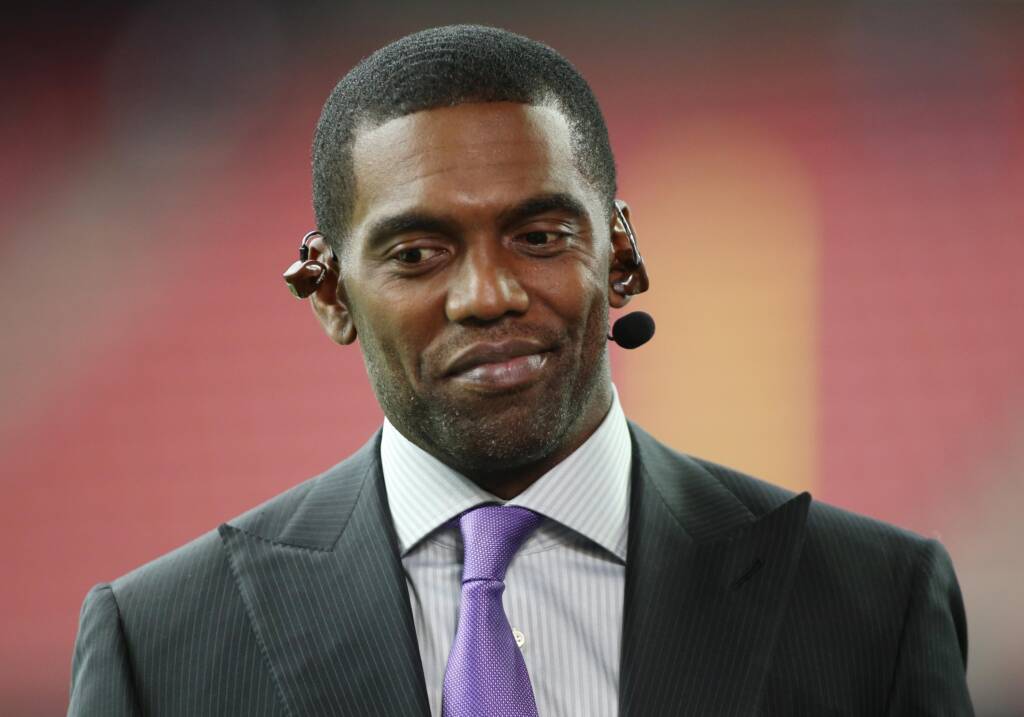With Sunday’s 40-23 loss to Atlanta, the Minnesota Vikings’ playoff hopes are all but dashed. The future is just as bleak, with tight cap situations and depleted draft stock in the next two years. The Vikings are a beaten down 1983 Hyundai Elantra. Instead of trying to fix it up, what if they sold this old lemon to a chop shop for the cost of its parts?
There’s some precedent for this. Sashi Brown famously traded away the remnants of old Cleveland Browns regimes in an attempt to rebuild from scratch in 2016 and 2017. In 2019, the Miami Dolphins sold a ton of players in the week before the regular season, mostly to the Houston Texans. In 2020, the Jacksonville Jaguars completed their foreclosure auction by trading DE Yannick Ngakoue to the, uh, Vikings.
So how did they do it?
The 2016 Browns traded as much for picks as they did for players. They sold off former first round busts like LB Barkevious Mingo and CB Justin Gilbert, but bought into LB Jamie Collins and WR Sammie Coates. The biggest move Cleveland made was to accept the bloated QB Brock Osweiler contract for a second-round pick. The rest of the moves sold former first rounders for pennies on the dollar.
The 2019 Dolphins also took advantage of a desperate Houston team. They traded LT Laremy Tunsil and WR Kenny Stills to the Texans for a king’s ransom of two first-rounders, a second-rounder, LT Julie’n Davenport and special teamer Johnson Bademosi. Later, they traded DB Minkah Fitzpatrick for another first-round pick. Miami didn’t have many pieces to sell off, but they got better value than Cleveland.
Jacksonville’s situation could be better described as a collapse than a purposeful disassembly. Jalen Ramsey went for a first-round pick after demanding to leave the organization. They traded Calais Campbell and Nick Foles for mid-round picks, and wrapped it up by trading Ngakoue to the Vikings. Jacksonville paid a small tax for their dysfunction, but managed to extract acceptable value nonetheless.
So the Vikings could follow the blueprint of the Dolphins and Jaguars, but on purpose. With better players to sell, and a documented ability to maximize compensation, they could likely out-sell their predecessors. Using overthecap.com’s calculator, we can set up a plan that disassembles the 2020 Vikings, and sets them up for beyond.
The first move is to get out from underneath the Kirk Cousins contract. Here’s a description of how that would work. Trading him mid-season before the deadline would be impossible, but they can resolve to get it done in March. Let’s say the Colts ignore the scheme mismatch and bite, saving the Vikings from the wrong end of an Osweiler disaster. Call it, conservatively, a Foles deal for a fourth-round pick. That’s probably an under-estimate, but with that contract and the way Cousins is playing, his value will be significantly deflated.
When you scrap an old lemon for parts, you don’t get to keep what to pick. That old cassette player that made so many memories is getting sold off just like the corroded old battery. Veterans like Adam Thielen, Kyle Rudolph and Harrison Smith are going on the block. At 30, Thielen won’t command the haul that Diggs did, but is still plenty valuable. Mohamed Sanu went for a second-round pick, and the Philadelphia Eagles are desperate enough to repeat that mistake.
Rudolph won’t command much at all, and would probably have to mirror something like the Rob Gronkowski trade. The Patriots traded Gronkowski and a seventh for a fourth. Buffalo could use a reliable complement to Stefon Diggs and John Brown, so we’ll offer them that deal. Harrison Smith would garner a solid market, even at 31. Dallas offered Seattle a second-rounder for Earl Thomas, so we can give them a mulligan on that.
That puts the Vikings just under $30 million in cap space for 2021, assuming the lowest possible salary cap number. It also gives them four picks in the top 140. It creates some glaring holes, but those were coming soon anyways. The Vikings could also trade someone like Riley Reiff for a mid-round pick. Trent Williams went to San Francisco on draft weekend for a third and a fifth. The Titans just lost Taylor Lewan with a torn ACL, and could be desperate for an answer. Still, Reiff is no Trent Williams, so we’ll knock it down to a fourth and a fifth.
There’s more they could sell off in the offseason, like Anthony Barr or Danielle Hunter when they’re no longer injured, but this compiles plenty of resources. Plus, a strong front seven led by Hunter, Barr and Eric Kendricks provides a strong core to build around.
To recap:
| Vikings Gain | Vikings Lose |
| 4th-round pick | Kirk Cousins |
| 2nd-round pick | Adam Thielen |
| 4th-round pick | Kyle Rudolph, 7th-round pick |
| 2nd-round pick | Harrison Smith |
| 4th-round pick | Riley Reiff |
| 5th-round pick |
That puts the Vikings above $41 million in projected 2021 salary cap space and over $113 million in 2022. That’s enough to make an offer to Dak Prescott in free agency, or extend their current veterans and eye the 2021 draft for their quarterback. The extra draft capital would be enough to trade into the top five (if they don’t end up there naturally), or draft young players to plug in the gaps. Making the call to scrap the operation for parts eschews any hope of being competitive in 2020 or 2021, but it gives the Vikings plenty of options. Whether or not they’d make good decisions with those added resources is another matter entirely.

